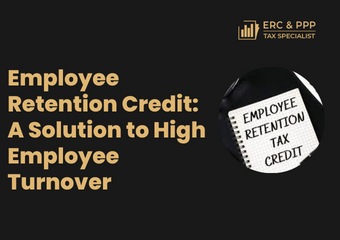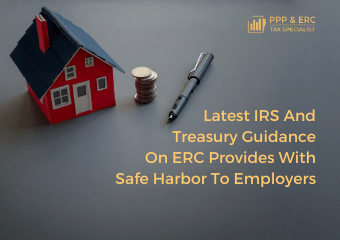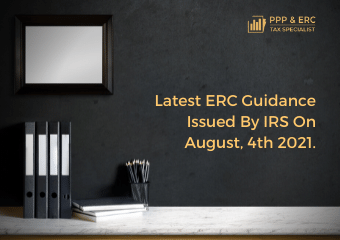| Our Key Deliverables | |
| Fees (% of ERC Amount) | 10% |
| Engagement Model | Working with CPA and Tax Firms |
| No Set-Up Fees | |
| No Minimum Fees | |
| PPP Documentation and Forgiveness Application interplay and reconciliation with ERC | |
| Line by line calculations of Form 941X amended payroll returns, to claim ERC for prior quarter(s) based on analysis of Taxpayers’ payroll data | |
| Calculate IRS Worksheets per the 941X instructions, to supplement the calculations for the Form 941X | |
| Provide a full reconciliation of the raw payroll data you provided to us, tying out to the ERC calculation | |
| An IRS Audit Ready Microsoft Excel based Pivot Table with drill-down capability, itemizing paycheck by paycheck categorization of both qualifying and nonqualifying ERTC wages, along with the quarterly ERC calculation | |
| Documentation supporting the taxpayer's application for ERC and PPP loan forgiveness and provide you with our calculations and conclusions regarding the respective amounts of eligible expenses | |
| Preparation and filing of Form 941X or working with the payroll processor of the business for them to submit the 941X | |
|
engagement letter
( View Sample Deliverables ) |
Our Team
Jason Dinesen EA, LPA has over 15 years of experience and expertise in Taxation. His professional experience includes 11 years in private practice, plus another 4 years working for a third-party administrator of retirement plans. He is a tax nerd who loves helping people alleviate their fear of – and frustration with – taxes. Jason has trained 50K+ professionals on PPP/ERC and related subjects, and has received some great reviews and feedback from attendees.
He had his practice since 2009 and now serve over 200 clients ranging from basic 1040s to all types of business returns. He started his firm as a side business with 3 clients while working a day job in a “cubicle farm” in West Des Moines. The “side business” quickly became something much more than that, and by August of 2011, he had left the cubicle behind and took his own business full-time.
Read MoreImtiaz Munshi, CPA is Managing Partner at ERC-PPP Tax specialist with over 30 years of experience. He services clients of various sizes across a broad range of industries, specializing Tax and business planning for small-to-medium size businesses. Imitaz possesses in-depth knowledge of operational audits, accounting best practices, compliance requirements, and business tax issues.
Imtiaz experience includes Financial advising to entrepreneurs, entity structuring for new businesses, including IT technology startups, Business Plan, PPM preparation, Commercial transaction structuring. He has also worked extensively with our high education and small business clients, Litigation support and testifying in cases involving bankruptcy, receiverships, divorce, commercial disputes.
Read More















